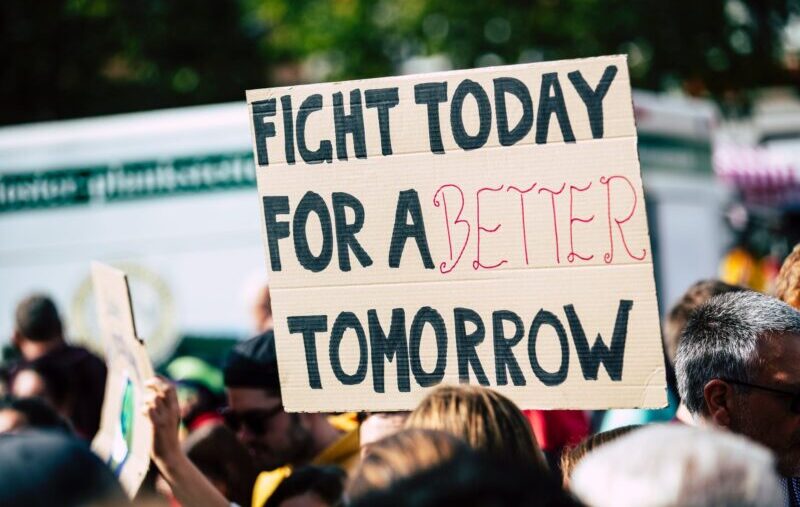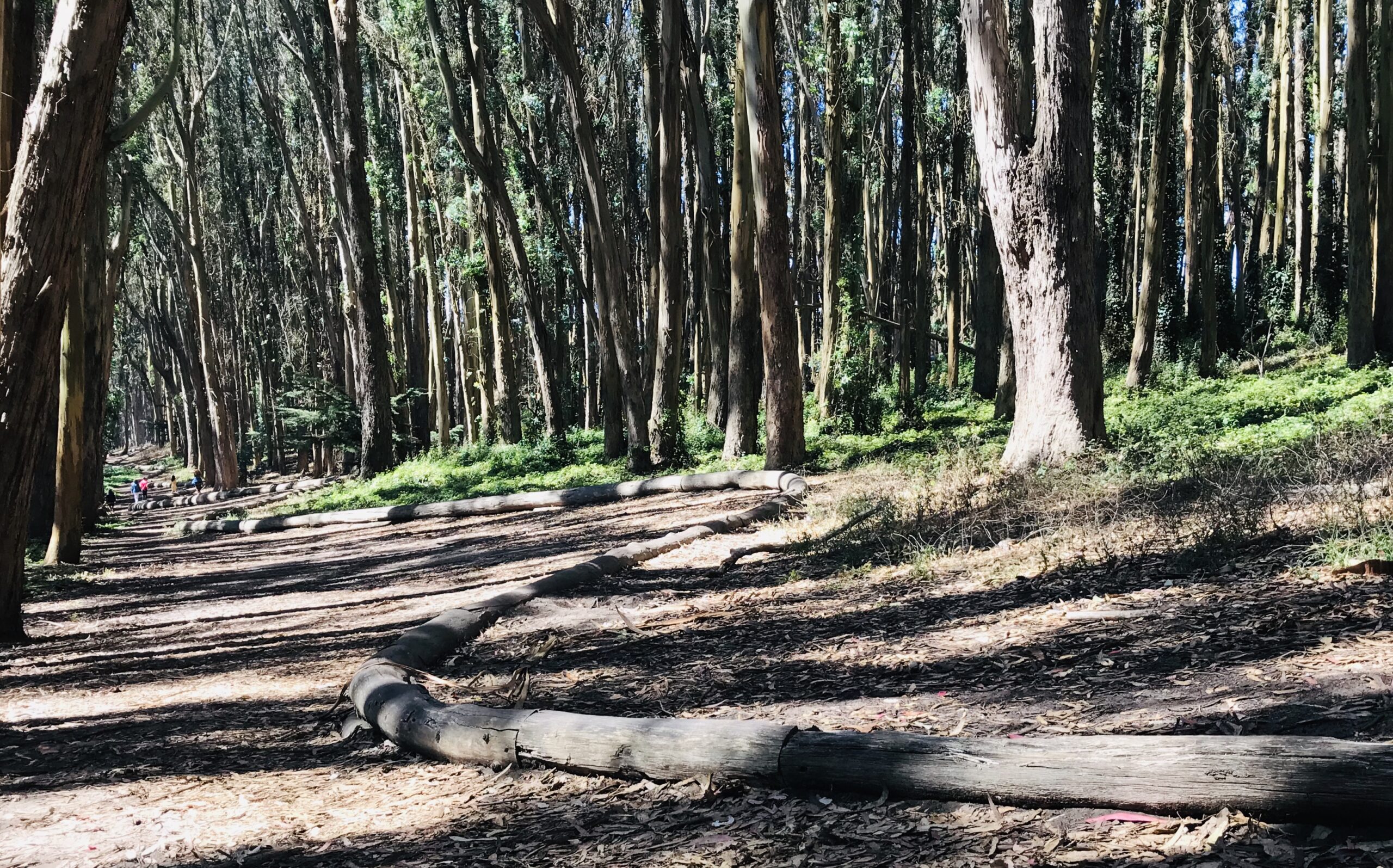
There’s a great moment in the movie “Contact” when Jodie Foster’s character – and pretty much every scientist and engineer on the planet -is trying to figure out how to read the design plans for a transportation device that has been broadcast to earth by an alien species.
Attempting to read the plans in a linear manner – in the same way we would read any text – proves impossible. The images and symbols simply don’t line up using the tried and true approach. Finally, Foster is tipped off that the “documents” themselves are actually multi-dimensional and once connected on three sides they become usable. This changes everything.
I had an insight recently that feels a lot like that.
My work with leaders and teams is centered on three interconnected principles, the application of which is the best “equipment” for building resilience and adaptability that I have learned to apply. But I’ve been thinking of it too narrowly, a victim of the same “tried and true” thinking described above.
These principles are the bedrock of my work, the centerpiece of every conversation:
- All change starts within. That is, we must develop a deep self-awareness, a fully literate self-understanding if we are to be sufficiently rooted to withstand the winds of change. That self-awareness creates an extraordinary byproduct known as empathy. When we know ourselves we begin to understand the depth to which others can be known and our curiosity leads us directly to…
- Deeper connection and stronger relationships. A single rooted tree does not make a forest. It is a collection of rooted trees, co-mingling there roots beneath the surface that makes a forest, an ecosystem within which shelter can be found, diversity can flourish and possibility begins too emerge.
- From that place of deep personal awareness and committed connection to one another we become open to the new. We know we must keep learning and exploring if we are going to survive and even thrive in the face of change. We also know that it’s far easier to peer into the unknown – to stand at the edge of the proverbial cliff – when we’re inextricably linked to others, our fears and doubts made tolerable by their presence and encouragement.
But then what?
And here’s the insight, something so obvious that I haven’t taken the time to understand and consider it an explicit way.
What happens after the cliff edge is that we walk the circle again.
What I learn about myself at the cliff edge becomes the next layer of my self-awareness.
What we learn about one another through that shared experience becomes the next layer of empathy and trust in our relationship.
And it is that accumulation, that layering of self and relational knowledge, that equips us to courageously ask the inevitable question: what’s next?
We walk the circle again. And now, a little bit more faithful, a little bit more thoughtful and a little bit more prepared, we go even further.
Our ability to adapt and grow in the face of change is only limited by our willingness to walk the circle, to not break the chain from self to others to learning.
To keep walking. That is everything.
DAVID BERRY is the author of “A More Daring Life: Finding Voice at the Crossroads of Change” and the founder of RULE13 Learning. He speaks and writes about the complexity of leading in a changing world.




